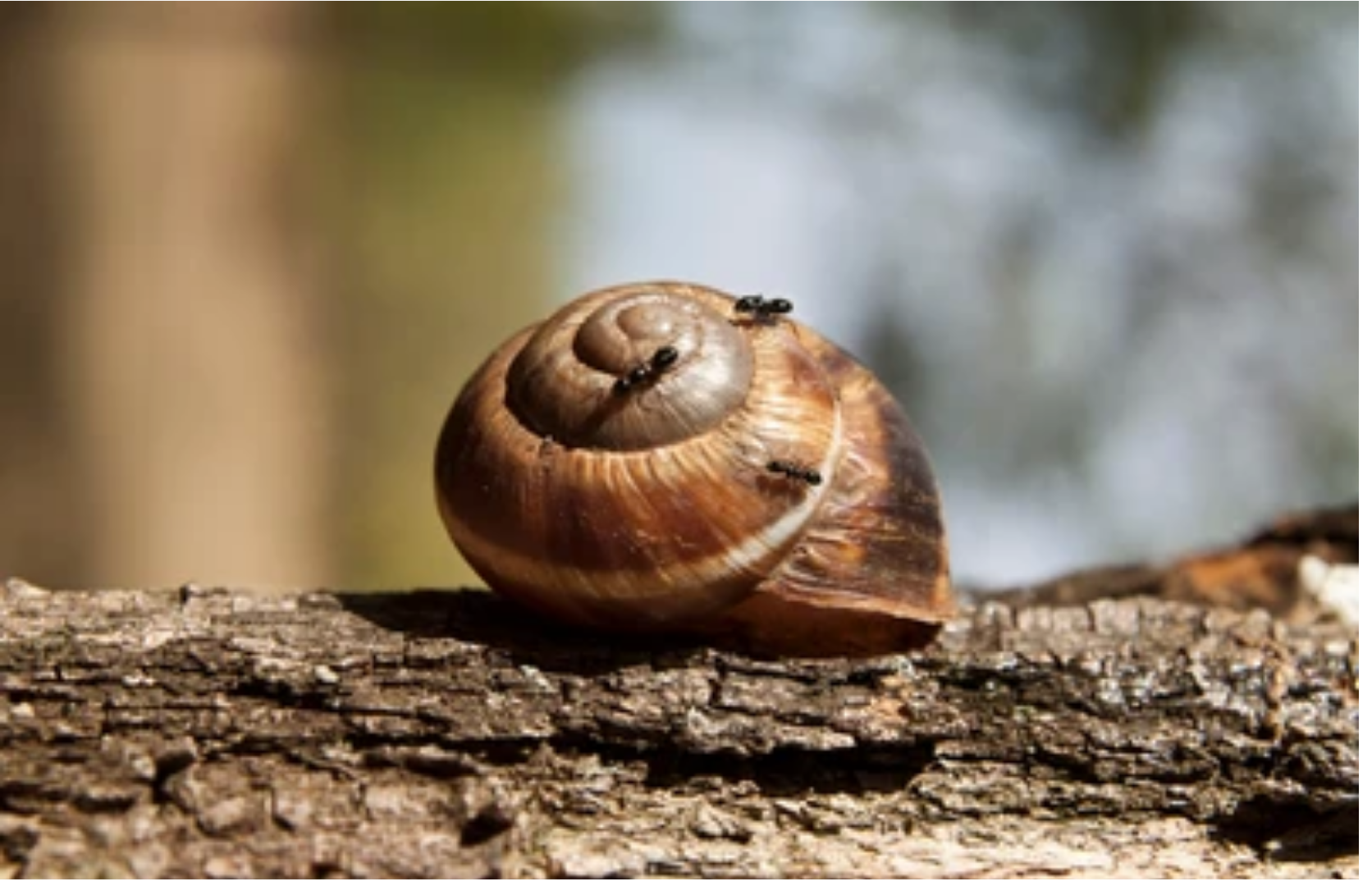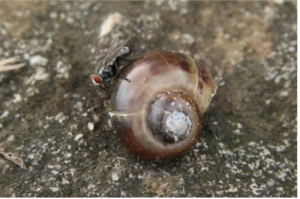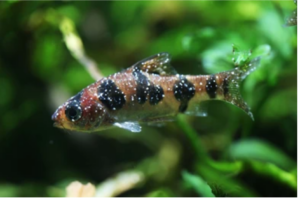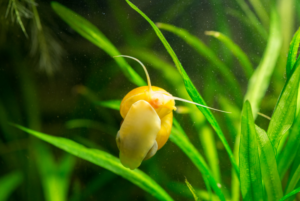For individuals who have a few snails as pets, caring for these slimy creatures may not pose significant challenges. However, for large-scale snail farming, keeping pests at bay becomes a major concern. Ants stand out as one of the most troublesome adversaries. Their relentless invasion and potential harm to snails raise the question: Are ants bad for snails?
Ants are bad for snails as they can infiltrate small openings and crevices that other predators might not access easily. Ants consider snails a valuable source of protein, making them a target for ant colonies seeking nourishment. Due to their slow movement, snails are vulnerable to such attacks.
In the rest of this article, I will explore the dangers of having an ant infestation on a snail farm and discuss the measures a snail farmer must take to remedy the situation.
Terrestrial Snails and Their Known Enemies
Keeping snails in aquariums offers numerous advantages. In addition to their constant access to food and the absence of the need to hunt, aquarium snails are relatively safer than their wild counterparts.
Snails living in the wild must continuously search for food while being wary of becoming someone else’s meal. Numerous animals consume snails that inhabit the same habitats.
Also Read: Do Snails Live Longer in the Wild Than Captivity?
However, certain predators only target snails when their usual food sources dwindle. This notion likely resonates with humans who consume snails as an exotic delicacy when visiting countries where it is considered a treat.
Otherwise, humans have a wide range of animal protein options to choose from, except during times like the Thirty Years’ War when farming was non-existent and people had to rely on snails for sustenance.
Also Read: Do Slugs Taste Like Snails?
In the wild, snails would potentially live longer if they had their way. Historical evidence indicates that Roman snails (Helix pomatia) lived for over twenty years.
However, with predators lurking around every corner, some snails don’t even survive past the egg stage before falling prey to their perpetually hungry adversaries.
The Enemy Ants
Over the years, snails and slugs have developed various strategies to fend off predators. For instance, Roman snails utilize their slimy advantage to deter small insects like ants.
When a Roman snail senses an imminent ant attack, it releases a foamy mucus that acts as a barrier, preventing the ants from reaching their vulnerable flesh. Unfortunately, some ants move in large numbers, overwhelming a defenseless snail and its protective mucus.
The detrimental impact of ants on snails becomes even more apparent when witnessing the terror unleashed by an entire ant colony. I recently came across a disturbing video on YouTube depicting ants feasting on a helpless snail.
I must caution sensitive viewers against watching the video as it can be traumatic. However, it serves as a poignant example of the harm ants can inflict upon snails.
Ant Species That Eat Snails
Ants are among the most beneficial creatures, particularly in agricultural settings. They provide a range of advantages, including:
- Protecting flowering plants from destructive insects.
- Aiding in the natural spread of wild seeds in forests.
- Consuming harmful aphids and preventing plant damage.
- Contributing to soil aeration.
However, several ant species have a particular affinity for snail meat. For instance, a snail farmer from Nigeria encountered the Messor Barbarus, also known as harvester ants. The farmer described how it took these ants approximately two days to break through the snail’s shell and access the meatier part of the snail.
Also Read: Are Snails Born With Shells?
Harvester ants possess notable advantages, such as strong mandibles, which aid them in this process. Nonetheless, all ants are carnivorous and will consume snails, even without such advantages, particularly when attacking as a colony.
What Other Insect Kills Snails?
Ground Beetles
Snails also face significant danger from various insects, including beetles and fireflies. Beetles pose an even greater threat to snails than ants due to their larger size.
Among them, ground beetles are particularly carnivorous, leaving behind a trail of empty shells as evidence of their snail-hunting endeavors. Beetles employ their mandibles to pry open snail shells, consuming the defenseless mollusks.
However, snails have a chance to escape beetle attacks by retreating into their shells before the mandibles can reach them. Even if the beetles destroy their shells, the snails can remain safe within their retreat.
Cychrine Beetles
Snails face yet another perilous adversary in the form of cychrine beetles. While snails can seek refuge within their shells to evade ground beetles, they have no such means of escape from cychrine beetles.
These particular beetle species possess elongated heads, extended thoraxes, and mouthparts specially adapted to penetrate small, enclosed spaces.
The cychrine beetle utilizes its mouthparts to access the aperture of a snail’s shell, rendering the snail unable to flee from the impending attack.
This predatory assault is often characterized by terms like “spoon” or “hook,” as the beetle employs a scooping or extracting action to remove the snail from its protective shell.
Firefly Larva (Lampyridae)
During their larval stage, fireflies are carnivorous creatures that prey on various small animals, including snails, slugs, and worms.
In 2011, Aydin Örstan embarked on a research trip to the ancient Greek ruins of Magnesia, located approximately 47 miles (75 km) south of Izmir, Turkey. The ruins had been temporarily inaccessible due to flooding, and scientists sought to conduct a comparative survey of the snail fauna in the area.
During the survey, while focused on a different objective, Aydin Örstan witnessed an extraordinary scene—an encounter between a firefly larva and a snail. The firefly larva had inserted its head into the snail’s shell, consuming the helpless snail from within.
Despite the snail’s efforts to defend itself with the thick mucus secretion, it proved futile against the firefly larva’s voracious appetite. Fortunately, firefly larvae eventually mature into flies that solely feed on pollen and nectar, no longer posing a threat to snails or other prey.
The Slug That Never Got Away
While browsing the internet, I stumbled upon a video shared on BBC Earth’s YouTube channel.
The narrator recounts the story of a slug that found itself targeted by a group of ants. The ants noticed the sluggish creature slowly inching along in search of food. In the animal kingdom, survival of the fittest reigns supreme, and the tale of this particular slug serves as a testament to this reality.
As a united force, the colony of ants launched an attack on the defenseless slug. The slug attempted to resist and endure the assault, hoping to outlast the aggression. However, its efforts proved futile as more ants swiftly arrived, seemingly alerted to the unfolding opportunity.
Recognizing that it couldn’t produce enough slime to deter the ants, the slug resorted to a desperate maneuver. It somersaulted off the leaf, driven by pure survival instincts. The slug believed it had found safety, but its respite was short-lived.
To its dismay, awaiting below were more ant relatives, cunningly positioned to ensnare their unsuspecting prey. Left with no other defense, the slug deployed its sole weapon: a gooey protective slime layer.
The ants became ensnared in the sticky substance, causing some to halt their advance toward the slug. However, these tenacious ants were undeterred. They began collecting particles of dirt and transporting them toward the slug.
Using the soil as a sponge to absorb the sticky slime, they weakened the slug’s defense. It was only a matter of time before the slug met its inevitable fate—a superfluous yet well-deserved feast for the ants. They had labored for their meal, and the slug could not escape its destiny.
Summary
Snails and slugs make wonderful pets, and providing them with the security of an aquarium enhances their chances of survival. However, in the wild, these creatures face numerous threats from various predators.
While ants serve as highly beneficial farm animals, aiding in controlling destructive pests like aphids and contributing to cross-pollination, their presence in a snail farm spells certain doom for the snails.



